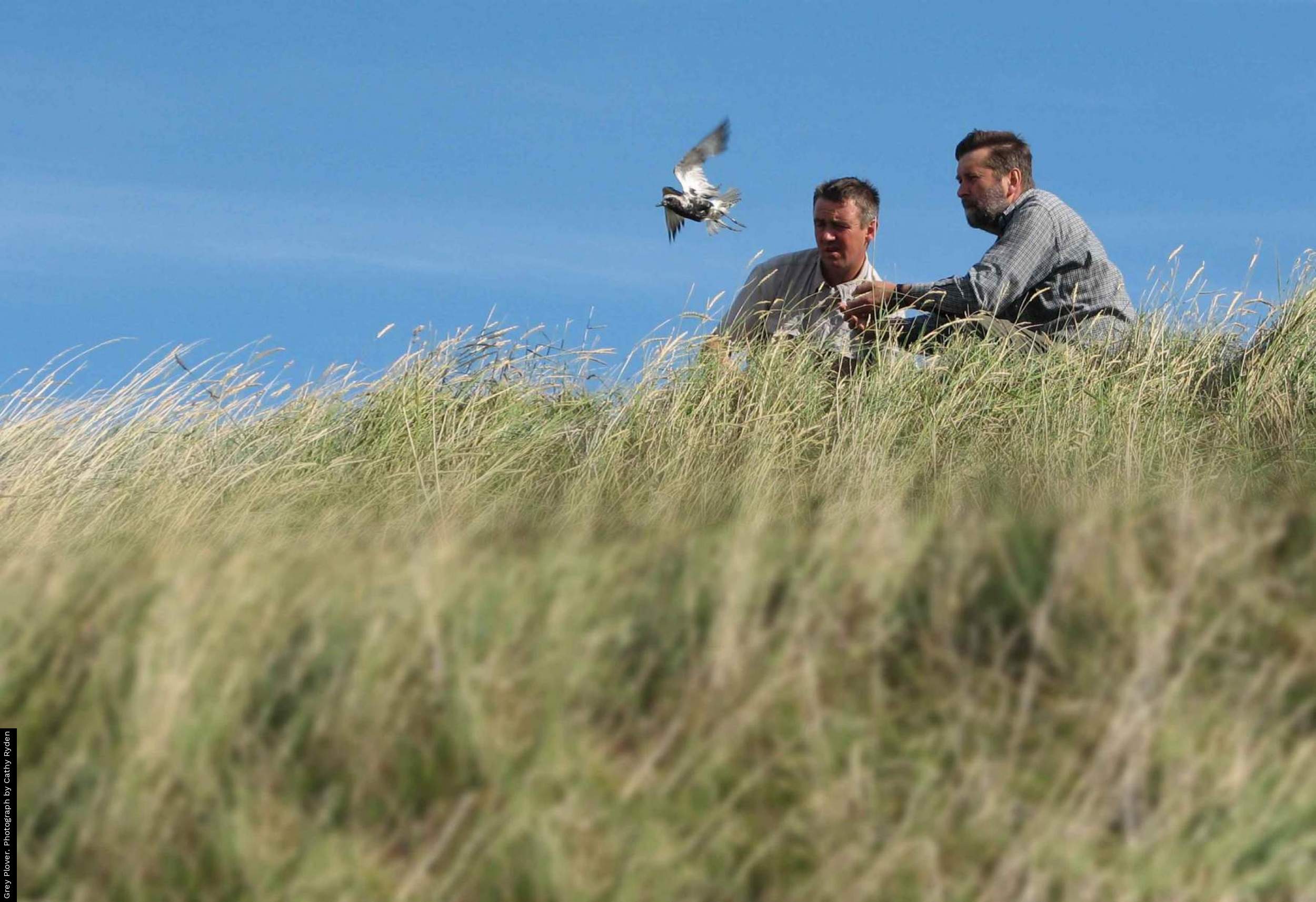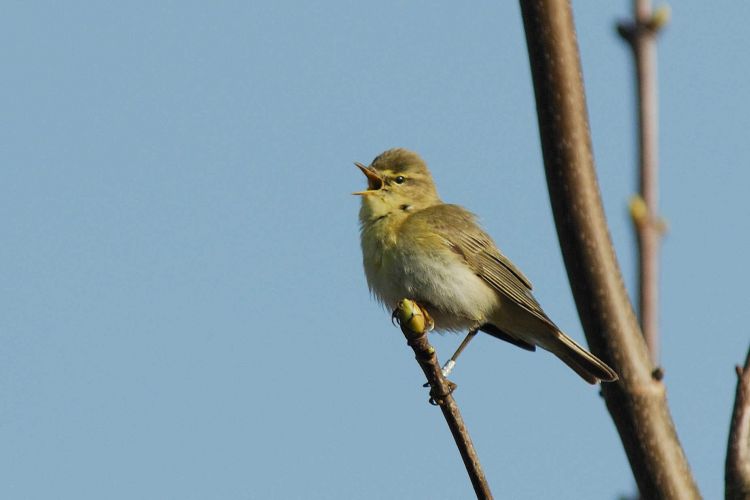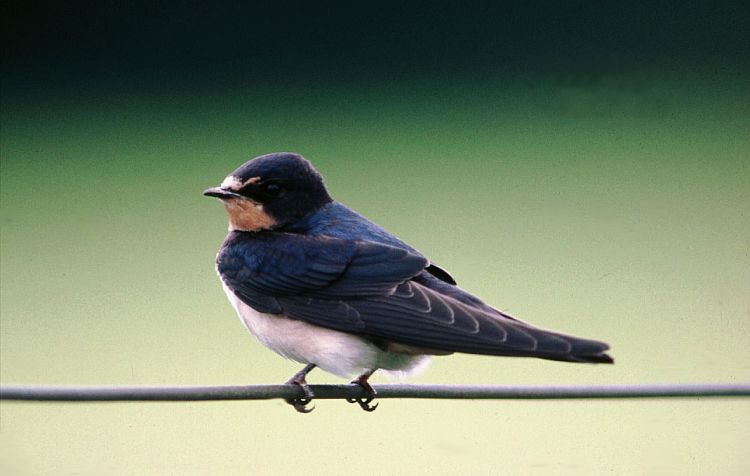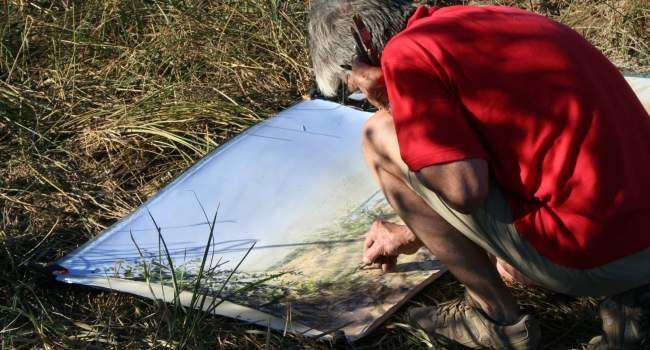Ecology of migrants
Understanding population declines in Willow Warblers
With up to two-thirds of the UK's summer visitors from Africa currently in decline, there is an urgent need to understand the reasons for this decline. To try to work out what is happening a BTO/UEA PhD student (Catriona Morrison) is using a variety of BTO datasets on Willow Warbler. Willow Warbler is an ideal subject as, since the start of BBS in 1994, their abundance has declined by c. 30% in England, but has increased by c. 16% in Scotland. We are therefore able to study both increasing and declining populations.
The study is still in progress, but we have used BBS and CBS (Countryside Bird Survey – the equivalent of BBS in the Republic of Ireland) data to map the distribution of population change across Britain & Ireland. Across this area there are widespread sharp declines in the south and east, but shallow declines and slight increases in parts of the north and west. This suggests the influence of potential regional-scale drivers (eg changing climatic conditions), which may influence productivity on breeding grounds. However, if birds use different wintering areas, we could also see the same effect. Currently we are using both Nest Record data and Constant Effort Site data to investigate how changes in productivity and survival may be contributing to population change. While at the national level the latest NRS analyses highlight a decline in Willow Warbler productivity of ~13% since the 1960s, our analyses suggest that these declines are mainly limited to the south and east of Britain, where both egg and young stage failure have increased. We are now exploring how both changes in timing of breeding and environmental factors might have caused this, as well as exploring variation in survival rates.
Out of Africa
Many of the birds that migrate between Africa and Europe each year are declining in Britain and across Europe. As migratory bird populations may be affected by threats on the breeding grounds, the wintering grounds and stopover sites in between, they are particularly vulnerable to the effects of environmental change and ascertaining the causes of their population changes can be very difficult. The rapid and widespread intensification of agricultural systems and habitat loss in Europe has undoubtedly driven declines of some species and global climate change is implicated in the declines of others. However, a recent review has suggested the importance of a number of changes on the African wintering grounds, particularly those relating to the nature and intensity of land use, as potential factors underlying these declines.
BTO, together with Birdlife International partners (RSPB, Ghana Wildlife Society and Naturama) are working in Ghana and Burkina Faso covering a 1,000 km north-south transect from the Sahel in the north, through Sudan and Guinea savannah to tropical high forest and coastal scrub in the south. Each site was identified by initial surveys in 2009-2010 as having a range of representative habitats from pristine wooded habitats (in protected areas) to highly degraded open farmland and the aim is to understand how migrants move through the different habitats during the northern winter and how land use and land cover change might have impacted them.
For further information please contact Phil Atkinson.
The Swallow Roost Project
The BTO Swallow Roost Project was part of an international project on Swallows organised by EURING, which looked at breeding migration and wintering Swallows across Europe and on Africa. Ringers in Britain & Ireland studied pre-migratory birds at autumn roosts, looking at their pattern of weight gain for migration.
For further information please contact Bridget Griffin.








Share this page